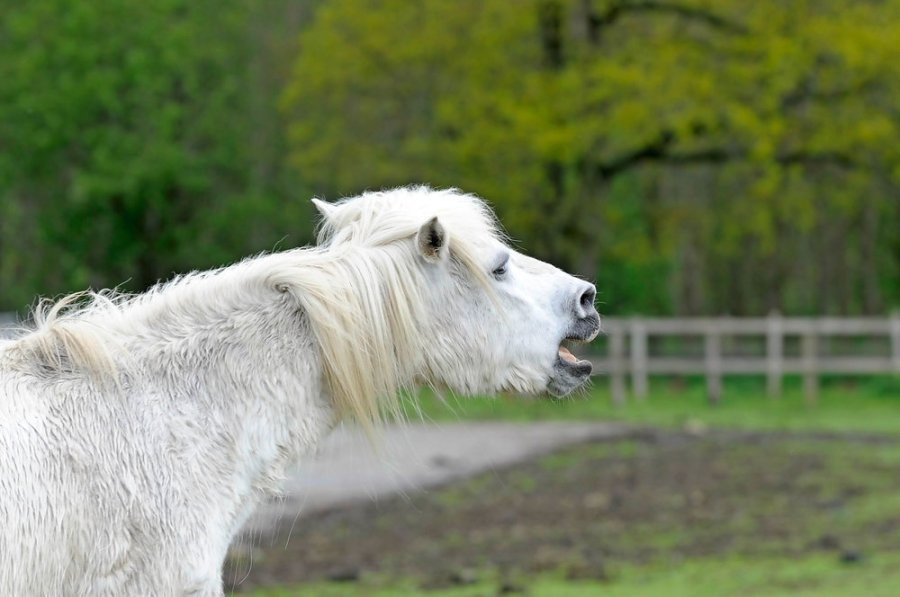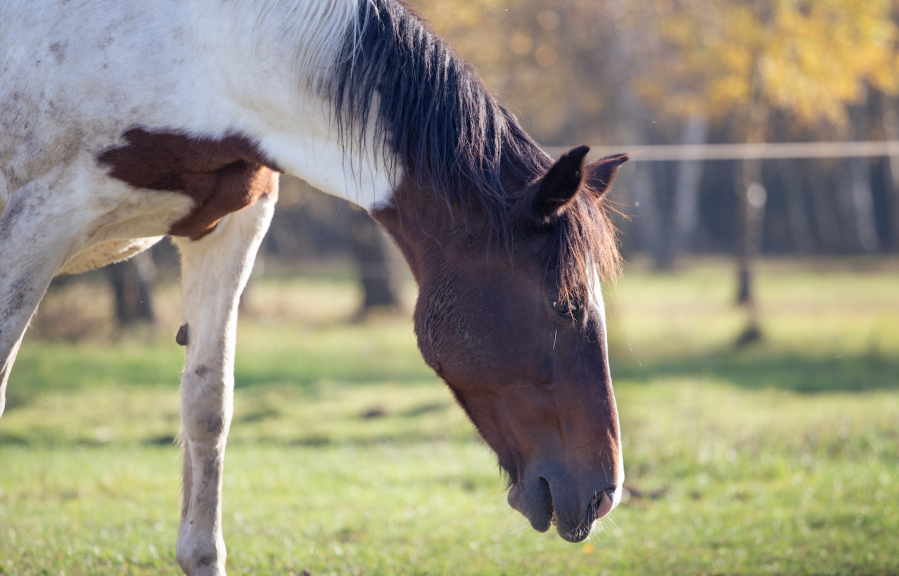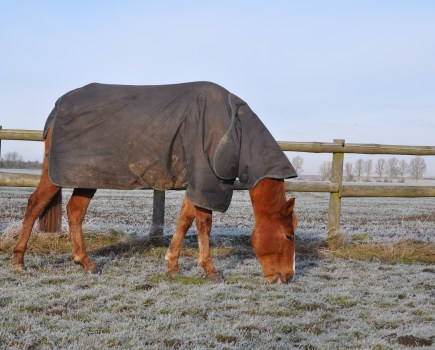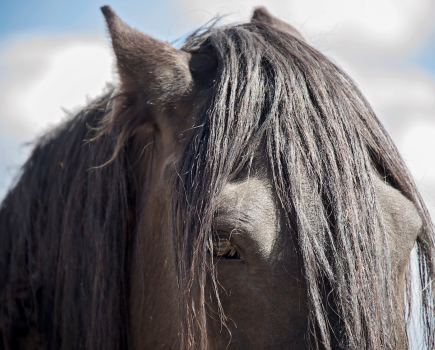Choke in horses is an obstruction of the food pipe (oesophagus). It can be alarming for both horse and owner, and does require urgent attention should the horse or pony struggle to clear the blockage.
Bear in mind that choke in horses is different to choking in humans. When a person chokes, it is due to an obstruction of the windpipe (trachea) and affects their breathing. The difference between the two means choke is not quite as dangerous for horse health.
Having said that, the severity of choke in horses depends on what is causing the obstruction. You should never walk away from a horse with choke and be ready to call your vet.
What to do if a horse chokes
If you are presented with a horse with choke, the best thing you can do as an owner is not panic.
Take all food away from your horse but do allow them access to plenty of clean water.
When to call a vet
Most choke in horses will pass on its own within about 10 minutes, but some horses might need a little extra help.
If it is the first time you have experienced choke or you’re not sure what is happening, call your vet straight away.
You should also call a vet immediately if you are concerned the horse is struggling to clear the choke or they are becoming distressed.
Everyone should call a vet if the blockage has not cleared in 30 minutes. We are more than happy to give advice over the phone for your horse’s individual issue and happy to attend if it is deemed necessary.
What does choke look like in horses?

A horse with choke often holds their head out away from their body
Horses with choke can present in a number of ways. They can seem distressed, cough and have some green nasal discharge.
Nasal discharge is caused by the build-up of saliva in front of the obstruction in the oesophagus which is causing the choke.
A horse with choke often holds their head out away from their body, slightly lowered, and they may cough and/or look concerned.
You might be able to see and feel a ‘lump’ on the left side of their neck, but this depends on how far down the oesophagus the obstruction is.
The horse may keep trying to swallow to clear the blockage too.
How to prevent choke in horses
Choke is usually caused by a horse or pony not chewing their food properly before swallowing, either because their teeth are poor or they have eaten too quickly, or it may be caused by them being given feed that hasn’t been soaked correctly first.
There are several things you can do to lower the risk of choke in horses:
- Keep up with your horse’s regular dental examinations. Healthy teeth and a healthy mouth chew food better and so lower the risk of choke occurring.
- Always cut vegetables length ways rather than width ways (for example provide carrot sticks rather than carrot cut into circular pieces)
- Make sure that anything that expands with water is sufficiently soaked. This should be a given, as feeding anything that is not soaked according to manufacturer guidelines (such as sugarbeet) can have serious and potentially catastrophic consequences for a horse’s health if instructions are not followed in full.
- Feeds should be safely stored and locked away so that no greedy horses or ponies can get in and gorge should they become loose.
- Lastly, discourage strangers from feeding your horses. This is easier said than done, but us vets have seen a lot of horses who have had weird and wonderful things fed to them over the fence during the coronavirus pandemic, some of which can be dangerous. Choke in horses is just one of the risks to their health; other potential problems include colic.
Prognosis
One complication of choke in horses is aspiration pneumonia, which occurs when saliva and food material that is stuck in the oesophagus gets inhaled down the trachea and into the lungs.
This causes an infection and can quickly turn into pneumonia, which is why urgent veterinary attention is required as your horse may require antibiotics.
Sometimes, an episode of choke can cause scar tissue to form in the horse’s oesophagus.
This is called an oesophageal stricture and essentially makes the food pipe narrower and increases the risk of the horse suffering with choke in the future.
How is choke treated?
If the choke does not correct itself and your vet visits, the first thing they will usually do is sedate the horse in order to help them relax.
This will also encourage the head to lower and reduce inhalation of food and saliva.
The key is to get the horse to relax its oesophagus so that the obstruction has a better chance of clearing, so your vet will administer an anti-spasmodic drug.
A tube may be passed into your horse’s oesophagus through their nose so that your vet can work out where the blockage is.
They may then try to flush it out with water or be able to dislodge the food so that it continues its journey down into the horse’s stomach.
- The University of Edinburgh has put together a really handy downloadable Choke Fact Sheet, which you can view here.
Images: copyright Shutterstock









